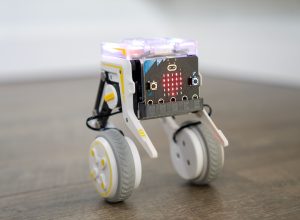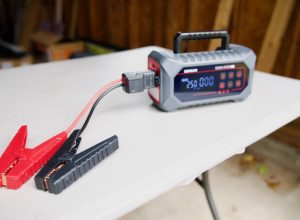I can imagine a future with drones flying all over the sky. Actually the unmanned aircraft have been quite popular in the US military but the consumer versions have become more well-known only in the past year. The primary reason is that those drones are now more affordable and much easier to use.
I was not surprised when drones were the hottest Christmas gift last year, I got myself a DJI quadcopter and it was really the coolest innovation I’d ever experienced since the iPhone. The Consumer Electronics Association (CEA) estimates that the drone sales could reach up to 1 million in 2018. I guess most of them will be used by people who are interested in taking aerial photos/videos like me. The popularity also means that you must be extremely careful before flying any kind of unmanned aircraft or you can lose/damage your drone, get a fine of a few thousand dollars or even hurt other people. Here are everything you must know before taking the first drone flight.
1. Buy Necessary Accessories
Most drones you can find on the market are ready to fly and you don’t have to buy any extra accessory. The accessories I’m going to mention are not essential but they will absolutely improve your flight experience.
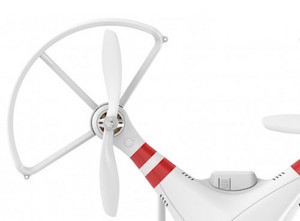
The prop guards are not an absolute solution to protect your drone and its propellers, however, they will be very helpful in some cases. For example, they can prevent damages from a slight bump into a wall or tree, and when you fly near people, they will also minimize injuries if your drone accidentally bump into someone. In case of landing, they might also help protect your propellers when your drone tips over due to wind or uneven surface.
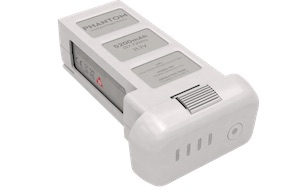
If you are learning to fly, it is more important to have an extra battery. Most of the drone battery could last less than 20 minutes, and you need to remember to fly your drone back before the battery runs out of juice. Basically you have just about 10-15 minute with one battery, therefore, I totally recommend you to invest in an extra battery to double your flight time and learn faster.
2. Set up properly
First and foremost, you have to update the latest firmware for your drone. DJI’s drone now has the no-fly zones feature which will prevent your drone from approaching national borders, airports and anywhere within a 15.5-mile radius of the White House in Washington DC. The latest firmware will help your drone fly more consistently and legally.
If you plan to fly your drone in a remote location, remember to charge your batteries fully. If you are using the DJI Phantom 2 Vision+, you will need to charge the remote control, the range extender via micro-USB slot, charge the included battery and extra batteries of your aircraft, and also don’t forget to charge your smartphone as you might want to use the mobile app for first-person view mode. Then put them all to a specialized drone bag/backpack.
Besides, you should alway follow the recommended calibration procedure from manufacturers. Check propeller and camera installation, make sure your drone have full GPS satellite reception and perform the suggested compass calibration before every flight. You should never take off if the calibration hasn’t been successful or your drone might fly away. For example, below is the calibration procedure on my DJI Phantom 2.
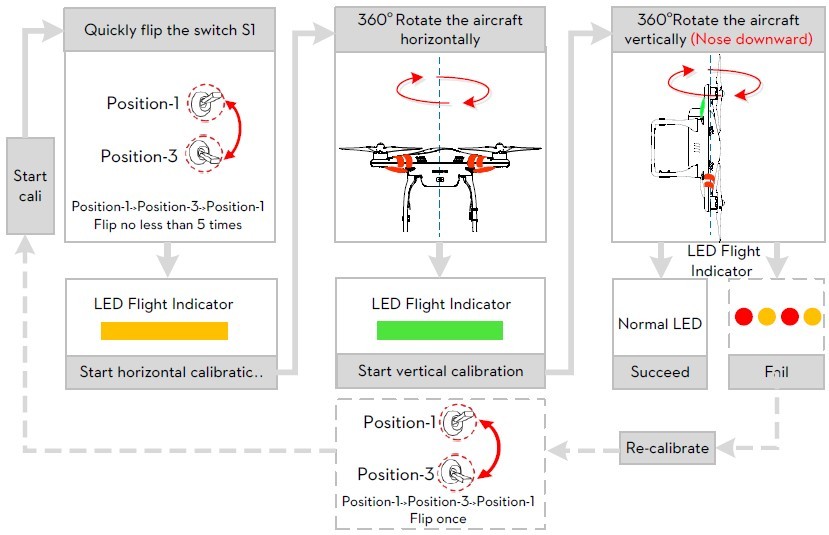
The compass is sensitive to electromagnetic interference, so you should avoid areas with strong magnetic interference, stand away from cars, leave your keys and cellphone somewhere while performing the calibration.
Besides, the drones have a range of operating environment temperature, for example, my DJI’s is 0 – 40 degree Celsius. Therefore, you should check weather before going out, notice that it is always colder and windier at high altitude, so the ideal lowest temperature to fly a drone is 10 degree Celsius (50 degree Fahrenheit).
3. Follow the Rules
At the moment, drones are not advanced enough to avoid obstacle, so you will be the one responsible for its safe operation. We are allowed to fly unmanned aircrafts for recreational purposes, however, we will have to follow some ground rules from the U.S. Federal Aviation Administration (FAA). Basically, your drone must be flown below 400 feet, you must get a permission if you want to fly within 5 miles of an airport, always keep your drone in eyesight, fly at least 25 feet away from people, avoid flying in adverse weather conditions, avoid congested or sensitive areas like government facilities, power stations, stadiums, etc. Hobbyists are also encouraged to fly in local aircraft clubs and take lessons before the first flight. Check out the Know Before You Fly website and the video below for more details.
If you want to know exactly where you can fly your drone in the U.S. or throughout the world, you can check out the Don’t Fly Drones Here map and No Fly Zones map by DJI.
Those are basic preparations for your first flight. Have fun with your new drone and don’t forget to share your beautiful aerial shots.


